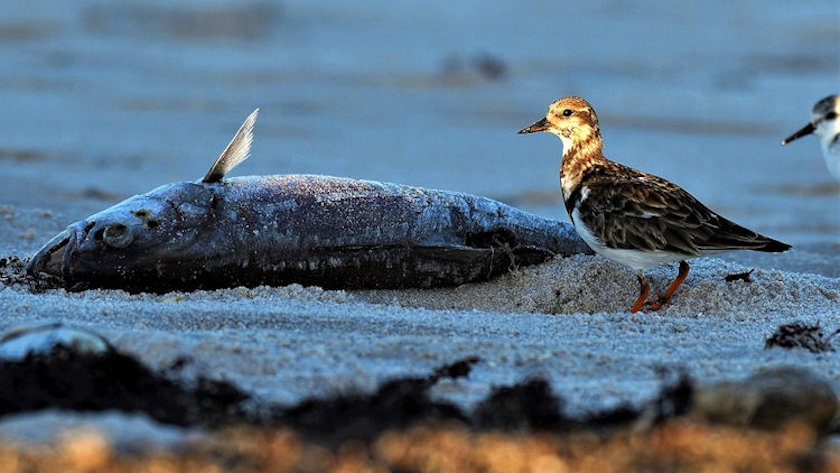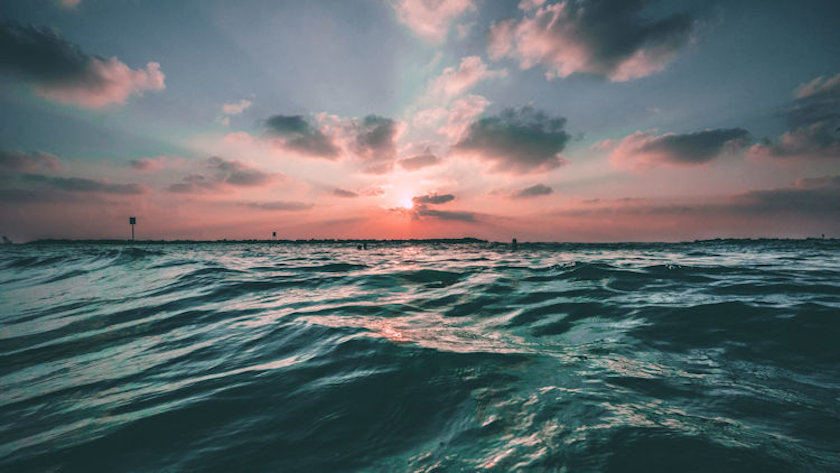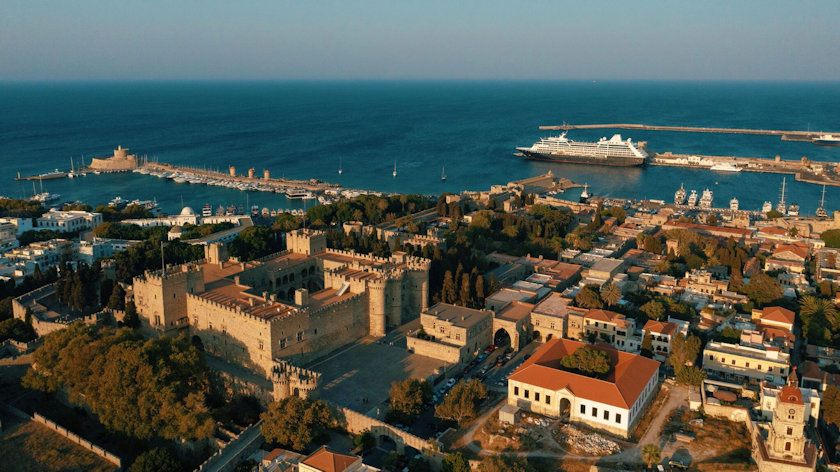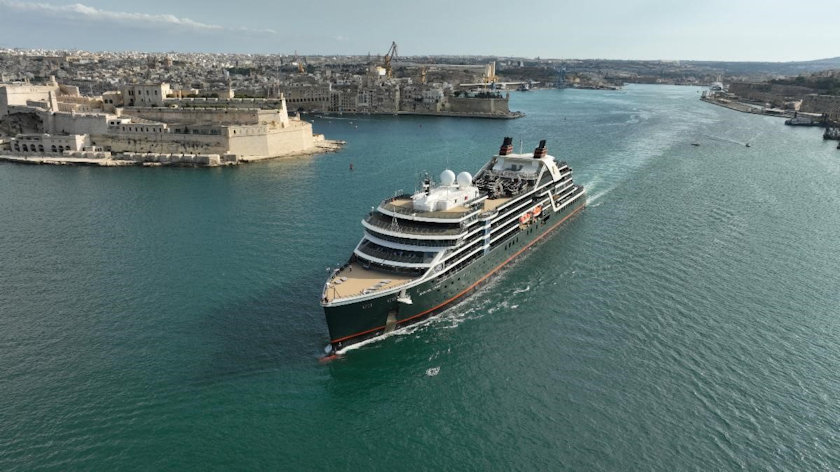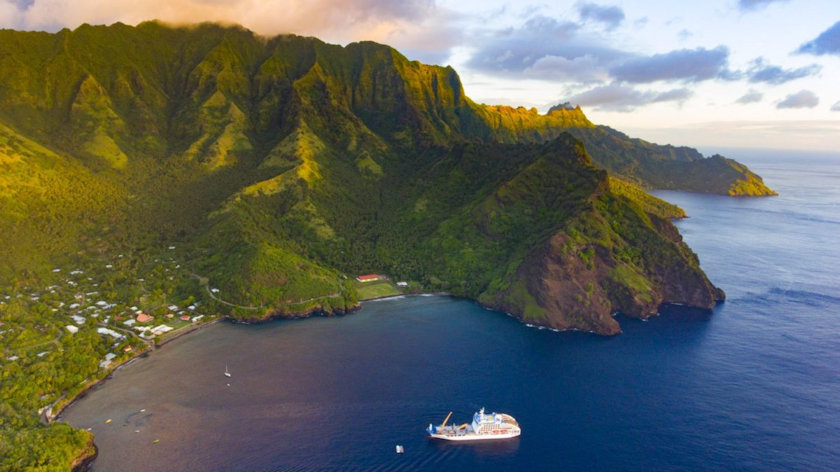Oceans cover 71 percent of our planet, therefore from outer space Earth appears blue and so it is called the ‘Blue Planet’. The oceans (and forests) are what influence our weather patterns by absorbing and storing solar radiation, CO2, distributing heat and rain around the globe, and driving weather systems.
Earth’s climate has had many changes in its 4.543 billion year history. Just in the last 800,000 years, there have been eight cycles of ice ages and warmer periods, with the end of the last ice age about 11,700 years ago marking the beginning of the modern climate era — and of human civilization. The amount of human-caused greenhouse gases now emitted into Earth’s oceans and atmosphere is predicted to actually delay the next glacial period by between 100,000 and 500,000 years, which otherwise would begin in around 50,000 years. Since climate change takes such long periods of time, the more urgent problem is pollution which is happening at an extremely alarming rate to threaten our food, water, and air supplies.
The ocean is the largest ecosystem on our planet — it functions as a life support system for all its inhabitants. But, we have made our oceans very sick in a very short period of time over the past 50-60 years, with the top ocean pollutants occurring from plastics, animal agriculture fertilizer runoff, industrial chemicals, and over-fishing.
Discarded plastics account for 90% of all trash entering the world’s oceans. Estimates suggest that by 2050, our oceans will contain more plastic than fish by weight. 100% of baby sea turtles and shellfish have plastic in their stomachs! There is now more than 5.25 trillion macro and micro pieces of plastic in our oceans and 46,000 pieces in every square mile of ocean, weighing up to 269,000 tons. Every day around 8 million pieces of plastic make their way into our oceans.
There are currently at least 415 dead zones (hypoxic zones) throughout the world where there is no oxygen to support marine life. The Pacific, Atlantic, and Indian Oceans all have massive “plastic garbage patches” covering millions of square kilometers. Scientists have also been sounding the alarm about a 5,000-mile long belt of Sargassum seaweed called the Great Atlantic Sargassum Belt, that first appeared in 2011 and now stretches from Africa to the Gulf of Mexico. The primary cause of the Dead Zones and Sargassum seaweed is from nitrogen fertilizer runoff from animal agriculture. High levels of nitrogen and phosphorus can cause eutrophication of water bodies. Eutrophication can lead to hypoxia (“dead zones”), causing fish kills and a decrease in aquatic life.

National Oceanic and Atmospheric Administration (NCCOS)-supported scientists have determined that the 2023 Gulf of Mexico “dead zone” — an area of low oxygen that can kill fish and marine life — is approximately 3,275 square miles, equivalent to more than two million acres of habitat potentially unavailable to fish and bottom species. The Toxic Red Tide is also back in Florida, named for the brownish-red hue it gives the water, red tide occurs when toxic algae proliferate. Deadly bacteria that kills up to 50% of patients now endemic to the US gulf coast, CDC expert says, just a year after it was first detected in the country. ‘It’s estimated that there’s probably 160,000 cases a year around the world and 80,000 deaths.
The Great Pacific Garbage Patch (GPGP) covers an estimated surface area of 1.6 million square kilometers/620,000 sq mi, an area twice the size of Texas or three times the size of France. The GPGP is the largest accumulation of ocean plastic in the world and is located between Hawaii and California.There is also the North Atlantic garbage patch hundreds of kilometers across, with a density of more than 200,000 pieces of debris per square kilometer.
Sargassum seaweed has flourished in recent years since 2011 due to the combination of an increase in nitrogen fertilizer runoff from animal farming, and changing water temperatures from the sun hitting massive plastic pollution instead of the water. For the past few months, scientists have been sounding the alarm about a 5,000-mile long belt of seaweed that was threatening to wreak havoc along Florida, Mexican, and Caribbean beaches. The bloom of sargassum, a type of seaweed that smells like rotten eggs when it washes ashore and can cause breathing issues, reached record size in March – an estimated 13 million tons, University of South Florida (USF) researchers said.
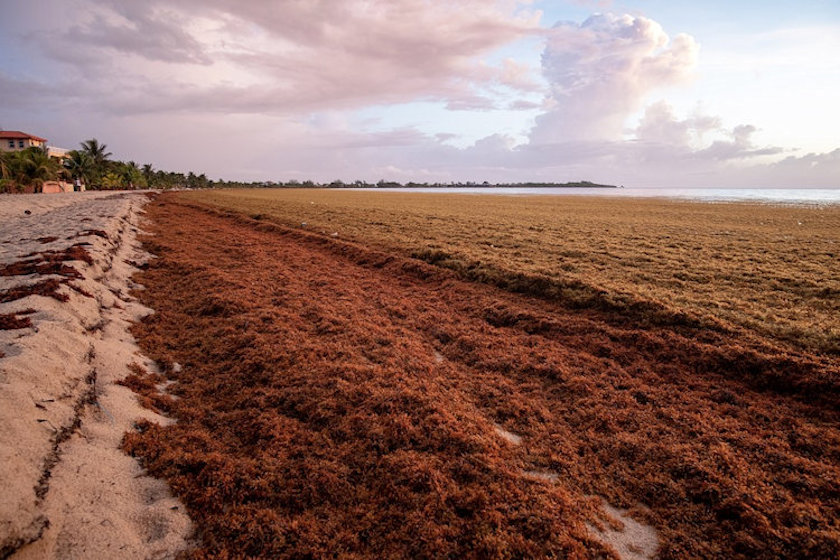
Plastic Pollution
Plastics are made from crude oil and other toxic materials. Producing plastics uses an enormous amount of fossil fuels – around 8% of the world’s oil production, according to most estimates. Think of it like this: it takes a quarter of a liter of oil to produce a single one-liter water bottle.
Each year, approximately, 100 million pounds of plastic becomes part of ocean pollution from industrial fishing activities. This number only represents the lost fishing gear, the voluntary disposal and abandonment are yet to be studied.
According to research, the average person consumes about 5 grams of plastic per week — about the amount found in one credit card — so we’re not even talking about minuscule amounts anymore. Clearly, the potential for catastrophic biological consequences for humans is growing with every discarded piece of plastic.
Many plasticizing chemicals are similar in structure to natural hormones such as the female sex hormone estrogen, the male sex hormone androgen and thyroid hormones. As such, they interfere with development, reproduction, neurological functioning, metabolism, satiety, and immune function, and for many of these chemicals, there may be no safe level of exposure. These gender-bending chemicals have caused a dramatic increase in non-binary humans with almost 25 percent of high school students now identifying as LGBTQIA+.
Bisphenol-A (BPA), for example, is known to disrupt embryonic development and has been linked to heart disease and cancer. Phthalates dysregulate gene expression and can trigger heart disease and cause genital anomalies — especially in baby boys — that may pass down several generations. DEHP is associated with reduced sperm count and multiple organ damage.
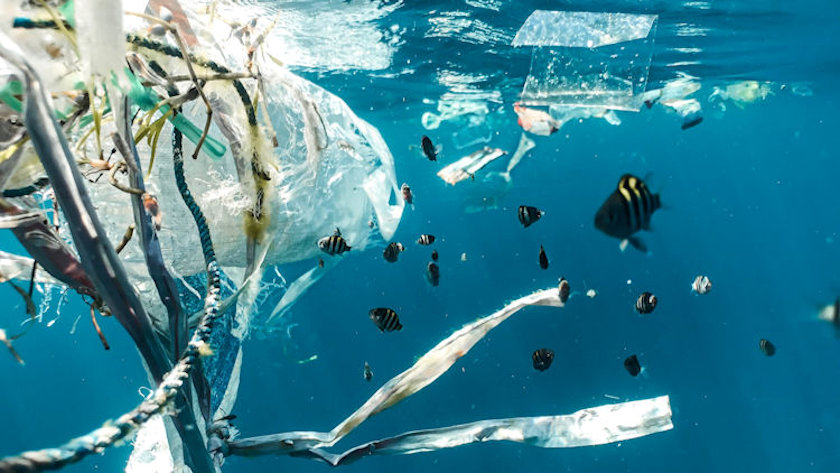
What Can You Do About Ocean Pollution?
Since the top ocean pollutants occur from plastics, animal agriculture fertilizer runoff, industrial chemicals, and over-fishing, these are the 4 most important things you can do:
1 – Try to avoid buying anything containing plastic, especially single-use plastics. Look for glass and paper containers instead. This can be challenging, but we are doomed if we don’t try.
2 – Cut down or eliminate eating meat, chicken, eggs, dairy and fish. (In addition to ocean pollution, 85% of rainforest destruction worldwide is also caused by what you put on your dinner plate.) Increase your consumption of healthy fruits, vegetables, beans and grains to help the environment.
3 – Always seek out organic products rather than chemical products.
4 – Avoid seafood which contains microplastics and toxic mercury. Pregnant women are advised to eliminate seafood months before they even plan to get pregnant.
Taking these steps to protect our oceans and overall environment is far more important than switching to electic cars. Environmentally speaking, electric vehicle batteries are very problematic: assembling them depletes the Earth of its natural resources; uses slave labor in Africa; manufacturing them is energy intensive; charging them requires dirty energy; and recycling them is nearly impossible. This chart shows shocking statistics that electric vehicles tax our environment far and beyond conventional vehicles.
More things you can do to heal the oceans:
Don’t use plastic bags. Opt for reusable bags, especially for groceries
Buy beverages only in glass bottles (no plastic or aluminum)
Bring your own mug for a coffee drink, and skip the lid and straw
Instead of buying bottled water, bring water from home in glass water bottles
Store foods in glass containers, not plastic containers or freezer bags
Bring your own leftovers containers when eating out
Avoid processed foods, which are typically sold with plastic wrapping or plastic-lined paper boxes. Buy fresh produce and use vegetable bags brought from home
Request no plastic wrap on your newspaper and dry cleaning
Use non-disposable razors, washable feminine hygiene products, cloth diapers and rags in lieu of paper towels. (Old shirts and socks make great cleaning rags)
Avoid disposable utensils and straws and buy foods in bulk when you can
Buy eco-friendly Laundry Detergent Sheets instead of plastic jugs or pods
Buy eco-friendly dish soap, shampoo, etc
Buy eco-friendly coffee pods
The top five countries polluting the oceans the most are China, Indonesia, Philippines, Vietnam, and Sri Lanka, so avoid buying products made in these countries.
